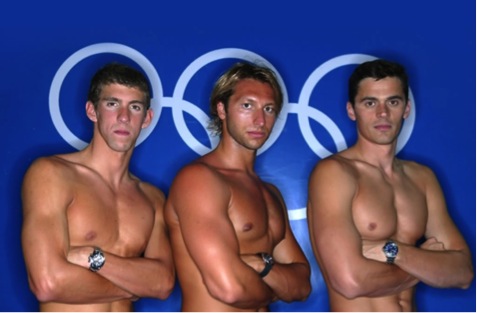“The Sports Gene”: A Book Review
Over the last 10 or 20 years authors like Malcolm Gladwell and Jared Diamond have had multiple bestsellers on topics related to social science and anthropology among other things. This is encouraging to me as a scientist and shows that the public appetite for information about science is high. Now comes “the Sports Gene” by David Epstein of Sports Illustrated. The Sports Gene explores the nature versus nurture argument in the context of world class athletic performance. It does an excellent job covering the scientific basis of athletic performance and amplifies the research with an impressive collection of narrative examples and interviews.
Pop science books are frequently criticized by “experts” as being oversimplified “Readers Digest” versions of the scientific landscape based on cherry picked data that is then distilled into a compelling story with little mention of the limitations of the data or alternate explanations. These oversimplified ideas then become part of the conventional wisdom. Perhaps the best recent example is the so-called 10,000 hour rule about what it takes to become expert (or even world class) at any given activity. Epstein shows just how caveat filled the 10,000 hour concept is and points out that it only works if you have sufficient talent to begin with and that what might be called trainability varies remarkably from person to person.
So what is talent? Major league baseball players struggle to hit the softball pitcher Jenny Finch showing us just how specific hand eye coordination, vision, practice, anticipation, and reading the opponent is. How they interact to make a great hitter is even more complex. The discussion of this topic reminded me of how Henry Aaron sat on the bench peering through a hole in the top of his cap to generate a mental map of any biomechanical clues about what the pitchers were throwing. A similarly thoughtful discussion of the big “size sort” of body sizes to the right sport over the last 30 or 40 years is especially insightful and entertaining. This is a topic I posted on last year during the Olympics and it explains all sorts of things, but curiously little is known about the genetics of height or just about any other trait that seems so essential to athletic performance. When there are genetic clues, they are typically very complex and the effect size of the genes of interest is small. There are also excellent sections on the Jamaican sprinters and Kenyan runners as well as sudden death in young athletes to highlight just a few of the topics covered.
So should you read this book? I recommend this book generally to sports fans, but more importantly this book should also be read by people who are broadly interested how an individual’s biology interacts with their behavior (training), their environment, and their culture. Those who think that our genes are our destiny may want to think again. Those who think it is only about 10,000 hours will want to think again too. There are also many parallels between the biological and other factors that determine athletic performance and things like our individual health and also population health. In most cases there is some ill-defined biological pre-disposition that only finds full expression when everything is just right or perhaps wrong in the case of disease.
This book might also be of interest to proverbial Little League parents interested in what sports their children might excel in. The limits of early overspecialization are discussed and in some sports like women’s gymnastics early specialization appears to be critical because there is a limited age related sweet spot. For other sports, perhaps overspecialization is a bad thing and maybe we need go to go back to the future with traditional physical education. This approach would develop a wide variety of more generic athletic and physical fitness skills that could be mixed and matched later as the interests of the aspiring athlete emerges. If I have one criticism of the book it is that it could benefit from a few pictures or perhaps some graphs. However this is a minor concern and no way limits my enthusiasm for the Sports Gene. That having been said, below is a picture of Michael Phelps, Ian Thorpe and Alexander Popov who have 40 Olympic medals in swimming between them.
These men are all about the same size, and the picture suggests that perhaps there is an optimal size for swimming. But of course they also trained hard and perfected their technique more than amplifying whatever talent they started with. Was it their talent (nature) that got them to the top or their training, skill, and environment (nurture) that got them there? Read the Sports Gene and decide for yourself.
This entry was posted on Thursday, July 18th, 2013 at 5:14 am and is filed under Current Events, Elite Sports Performance. You can follow any responses to this entry through the RSS 2.0 feed. You can leave a response, or trackback from your own site.



July 24th, 2013 at 3:51 pm
I just read the Sports Gene, and I thought it was outstanding. I thought I knew a fair bit about these topics, but I learned something new on almost every page. The writing was so compelling that I finished it in a weekend. Highly recommended.